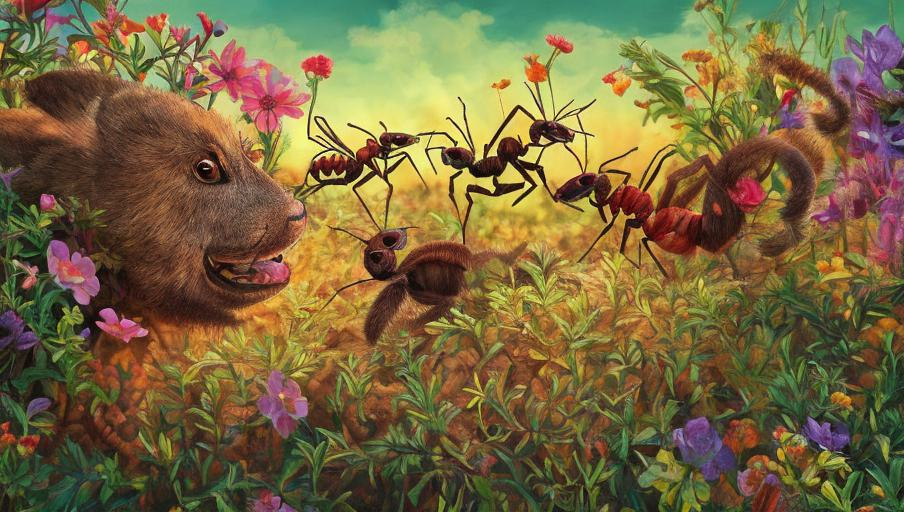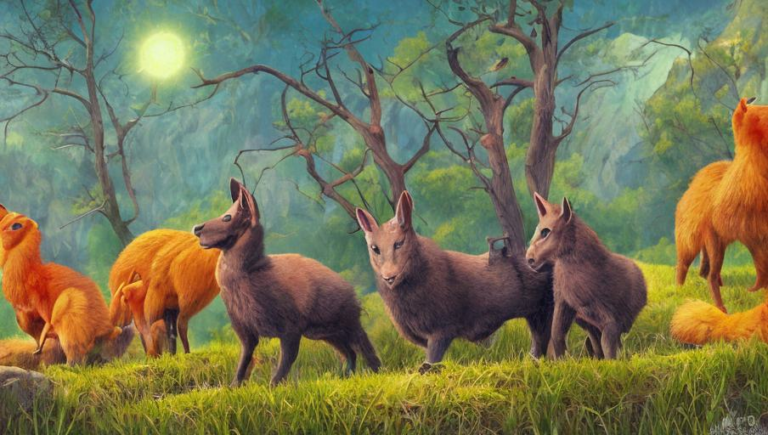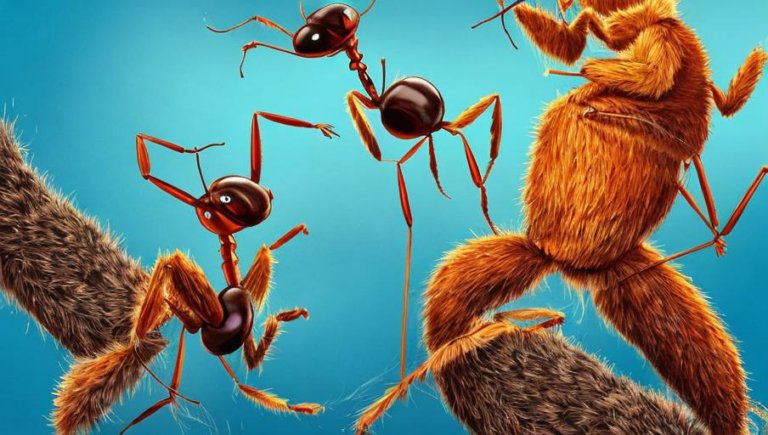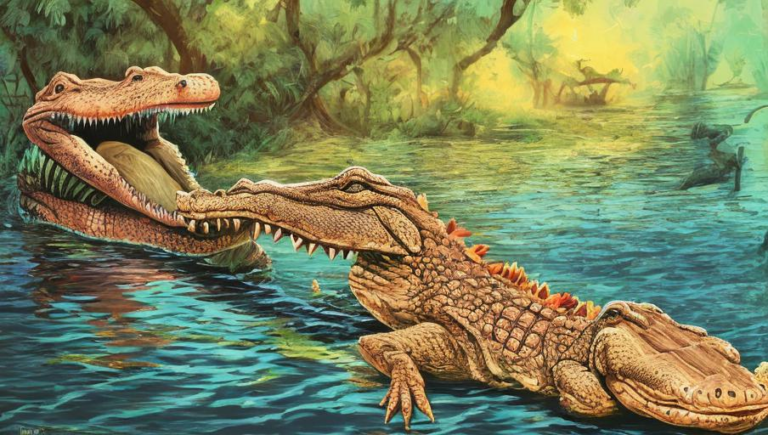In-Depth Look at Ant Anatomy

Overview of Ant Anatomy
Ants are a small but powerful species of insect. They come in a variety of shapes, sizes and colors, and they can be found in almost every part of the world. Ants are incredibly complex creatures and have evolved a wide range of adaptations to survive in their environment.
External Anatomy
The external anatomy of an ant consists of three main body parts: the head, thorax, and abdomen. The head is where the ant’s eyes, mouth, and antennae are located. The thorax is where the ant’s legs and wings are attached, and the abdomen is where the ant’s reproductive organs are located. Ants have a jointed exoskeleton that is made up of a hard outer shell called the cuticle. This cuticle helps protect the ant from dehydration and predation.
Internal Anatomy
The internal anatomy of an ant consists of the digestive, respiratory, and circulatory systems. The digestive system breaks down food and absorbs nutrients. The respiratory system is responsible for taking in oxygen and expelling carbon dioxide. The circulatory system transports nutrients, hormones, and other substances throughout the ant’s body. Ants also have a nervous system, which is composed of a brain and a ventral nerve cord.
Senses
Ants have a wide range of senses that help them survive. They have eyes, which allow them to see, and antennae, which allow them to smell and taste. They also have sensory hairs on their body that can detect vibrations and touch. Ants also have the ability to communicate with each other through a chemical language called pheromones.
Reproduction
Ants reproduce sexually and can have either male or female reproductive organs. The male ants typically have large eyes and long antennae, while the female ants have smaller eyes and shorter antennae. Male ants release a pheromone to attract females to mate with them. After mating, the female ant lays eggs, which will hatch into larvae. The larvae will then pupate and emerge as adults.
Conclusion
Ants are an incredibly adaptable species of insect and have evolved a wide range of adaptations to survive in their environment. They have a sophisticated internal and external anatomy, a variety of senses, and a complex reproductive system. Ants are a fascinating species and are an important part of many ecosystems around the world.





